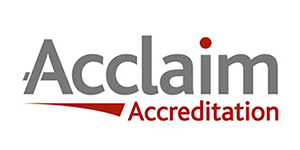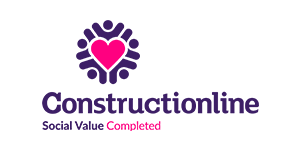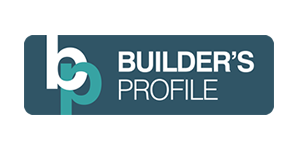
Key Steps to Make Foam Concrete Blocks
Foam concrete can be used to create many different types of blocks. It has high compressive strength and low density, making it suitable for constructing walls. Foam concrete is a great option for areas like patios, swimming pools, and walkways since it is water- and fire-resistant.
The main reason why foamed concrete is the best material to make blocks is that it has high compressive strength. This indicates that the block won’t break when you put pressure on it. It also has a low density. As a result, it won’t take up much space. The density of foam concrete is very low compared to concrete, making it easier to transport and store.
Another advantage of using foamed concrete over other types of concrete is that it can be formed into shapes without any extra reinforcement needed. This makes it easier for people who have limited access or mobility to construct their own buildings or homes with minimal help from others.
Step-By-Step Procedure to Make Foamed Concrete Blocks
Here are the steps to make foam concrete blocks:
Step 1: Determine your project requirements first. Decide the nature of the construction project and how much concrete is required. Gather the required materials such as building blocks, concrete mix, and other related tools. Ensure you do not collect material either less or in excess.
Step 2: Choose the ideal place for building blocks and begin preparing the mixture. Mix the materials together thoroughly. The mixture should be enough to cover the block with a thin layer. Use multiple layers of foam if you are building a foam block. You can also mix up some concrete and add it to the mixture if you do not have any foam available. Pour the dry ingredients into the mixer. Add water and mix until you have a smooth consistency. It should be just like Play-Doh but not as sticky. Knead the mixture until it is smooth, then knead in more water if necessary until it is completely wet and smooth again. Be careful not to overmix! If you do, your block will become stiff and difficult to work with.
Step 3: Pour Cement into the Mixture. Add according to the required weight of concrete blocks. Keep mixing the material while adding cement as it will help avoid lumps. Also, it will retain the mixture consistency. Once the cement mixture is added, begin preparing the perlites.
Step 4: Add perlites to the mixture. It is a light aggregate that gives the concrete texture a porous finish. Add perlite for around 5 gallons. The perlite will begin absorbing water and ensure the mix becomes thick. After that, keep adding perlite until the mixture is as hard as you want it to be.
Step 5: Once the mixture is ready, prepare your block molds for filling. Assemble the block molds. Make sure you’re standing on a level surface. Now, fill the molds with your foam cement mixture. For example, if the size of the mold is size, transfer the mixture into a wheelbarrow. Now, cover the molds with plastic wrap to get the finest drying outcomes.
Step 6: Let the foam concrete mixture sit and dry. Note that concrete blocks are left alone to dry for at least 24 hours. Afterward, remove them from the molds. Ensure you carefully complete this process.
Step 7: Now, get rid of any extra concrete using a scraper. Finally, the concrete blocks are ready to be used for your construction project.
Using foam concrete in blocks can help have more control over the execution of the construction project. You can decide on the size and shape of all the blocks before you pour the mixture into the molds.
Numerous Benefits of Foam Concrete Blocks
Foamed Concrete is Lightweight
Foam concrete blocks are significantly lighter than traditional concrete blocks. Thus, making them easier to handle and transport. This can save time and money on labor costs during construction.
Insulation Properties
Foamed concrete blocks have excellent insulation properties, making them a great choice for energy-efficient construction. They can help reduce heating and cooling costs in a building.
Durability
Foam concrete blocks are made with a mix of cement, water, and foam, which makes them stronger and more durable than traditional concrete blocks. This makes them ideal for use in construction projects requiring a high level of durability and strength.
Easy to Work With
Foam concrete blocks are easy to work with and can be cut, drilled, and shaped to fit the specific needs of a construction project. This can save time and money on labor costs.
Cost-Effective
Foam concrete blocks are typically less expensive than traditional concrete blocks. Therefore, making them a cost-effective option for construction projects. They can also save money in the long run by reducing heating and cooling costs.
Environmentally friendly: Foam concrete blocks are made with a mix of cement, water, and foam. It means they use less energy and resources than traditional concrete blocks. This makes them a more environmentally friendly option for construction projects.
Conclusion
In conclusion, making foam concrete blocks is a cost-effective and environmentally friendly method for building construction. The use of foam as a replacement for traditional aggregate results in a lighter and more energy-efficient material. The foamed concrete blocks are very lightweight, which means they don’t weigh down your structure as much as heavy concrete does. Additionally, the process of making foam concrete blocks is relatively simple and can be done on-site. Thus, reducing transportation costs and carbon emissions. Overall, foamed concrete blocks have the potential to revolutionize the construction industry and promote sustainable building practices.





















